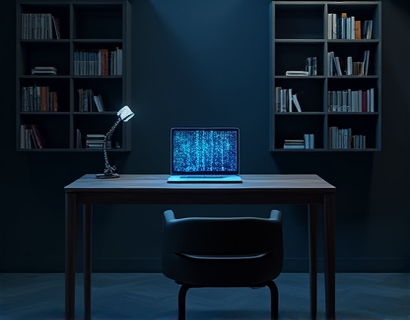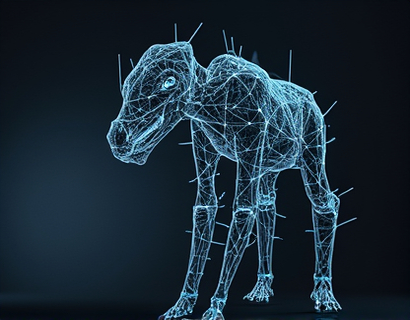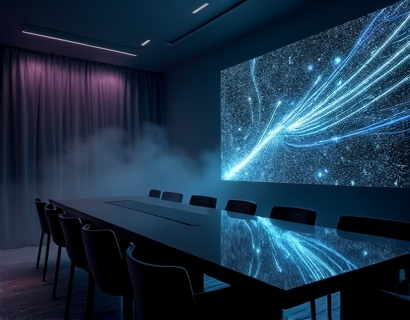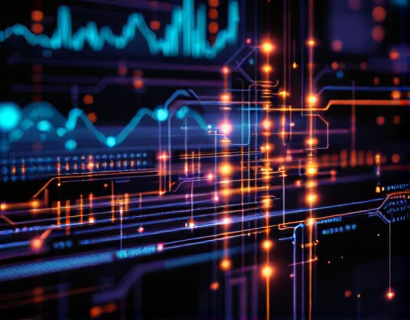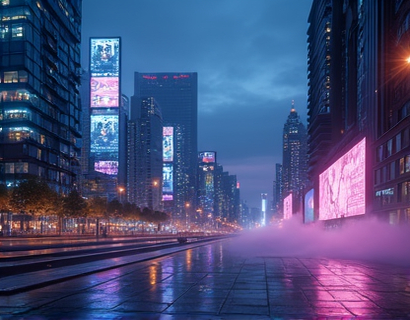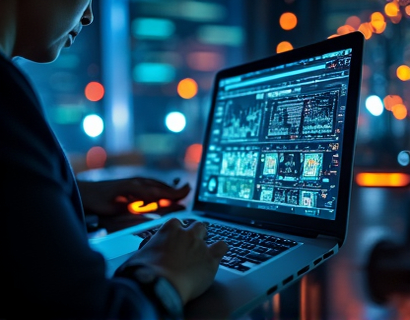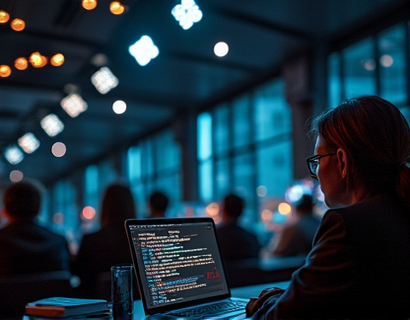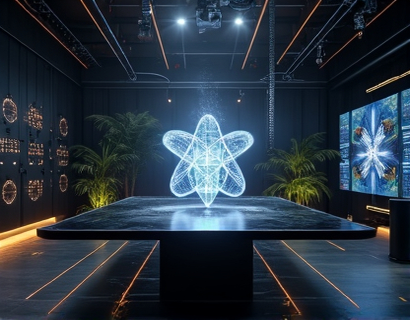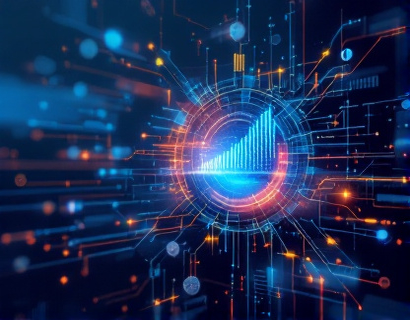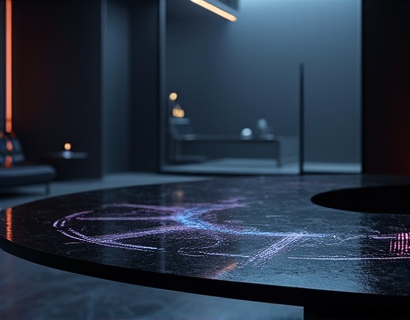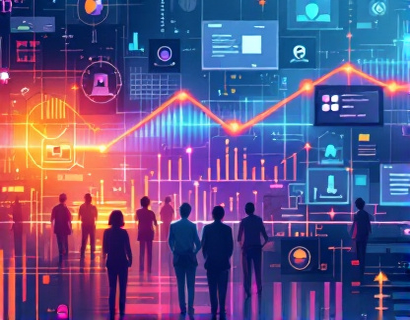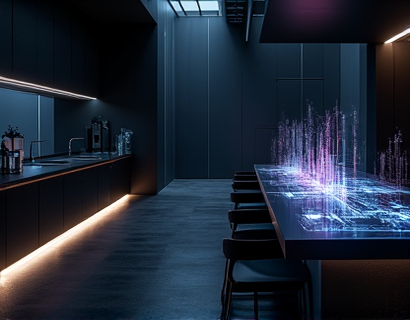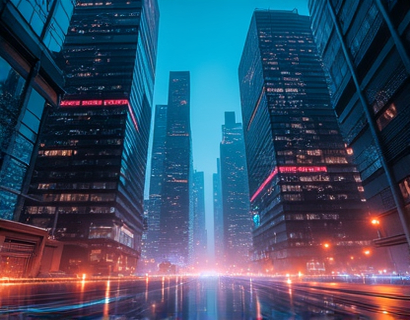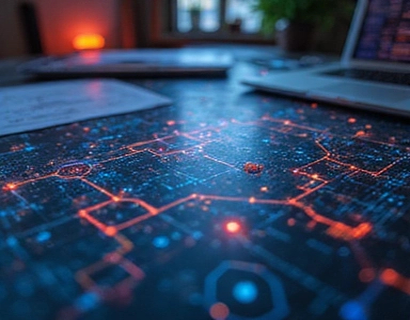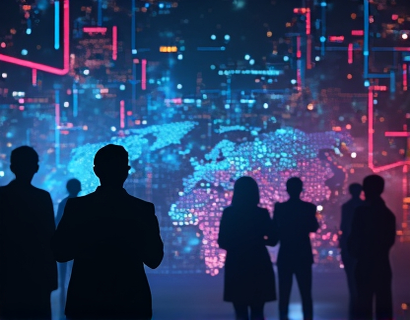Cutting-Edge AI Image Authentication: Verifying Authenticity in the Digital Age
The digital age has revolutionized the way we create, share, and consume visual content. However, this revolution has also brought forth significant challenges, particularly in verifying the authenticity of images. With the advent of advanced artificial intelligence, the creation and manipulation of images have become increasingly sophisticated, making it difficult to discern what is real and what is fabricated. This has profound implications for professionals across various fields, including digital media, content creation, brand management, security analysis, legal compliance, journalism, and education. The need for reliable tools to authenticate visual content has never been more critical.
In response to these challenges, cutting-edge AI image authentication technology has emerged, designed to detect and verify the authenticity of images with unprecedented accuracy. This technology leverages the latest advancements in machine learning and computer vision to analyze images and determine whether they have been altered or generated by AI. The following discussion delves into the intricacies of this technology, its applications, and its importance in maintaining the integrity of digital media.
Understanding AI-Generated and Altered Images
AI-generated images, also known as deepfakes or synthetic images, are created using neural networks that can generate highly realistic images based on patterns learned from large datasets. These images can be used for various purposes, from entertainment to malicious activities such as spreading misinformation. Similarly, altered images are those that have been manipulated using software tools to change their content, often to mislead or deceive viewers. Both types of images pose significant risks to the credibility of visual content and the trustworthiness of digital platforms.
The proliferation of AI-generated and altered images has necessitated the development of advanced authentication tools. These tools must be capable of detecting subtle changes and anomalies that indicate image manipulation. Traditional methods, such as visual inspection and metadata analysis, are often insufficient against sophisticated alterations. This is where AI-driven image authentication comes into play, offering a more robust and reliable solution.
How AI Image Authentication Works
AI image authentication systems employ a combination of machine learning algorithms and computer vision techniques to analyze images at a granular level. The process typically involves several key steps:
- Image Analysis: The system begins by examining the image pixel by pixel, looking for inconsistencies in color, texture, and lighting that may indicate manipulation.
- Feature Extraction: The algorithm identifies and extracts key features from the image, such as edges, shapes, and patterns, which are then compared against known benchmarks of authentic images.
- Pattern Recognition: Machine learning models trained on vast datasets of authentic and manipulated images are used to recognize patterns that are indicative of AI generation or alteration. These models can detect subtle anomalies that are imperceptible to the human eye.
- Contextual Analysis: The system considers the context in which the image is presented, including metadata, source, and associated data, to further validate its authenticity.
By integrating these steps, AI image authentication tools can provide a comprehensive assessment of an image's authenticity. The accuracy of these tools continues to improve as more data becomes available and algorithms become more sophisticated.
Applications Across Various Fields
The applications of AI image authentication are vast and varied, impacting multiple industries and professions. Here are some of the key areas where this technology is making a significant difference:
Digital Media Professionals
For digital media professionals, ensuring the authenticity of visual content is paramount. AI image authentication tools help editors, photographers, and content creators verify the integrity of images before publication, reducing the risk of spreading false information and maintaining the credibility of their work.
Content Creators
Content creators, including social media influencers and online publishers, can use these tools to protect their brand and reputation. By verifying the authenticity of the content they share, they can build trust with their audience and avoid potential legal issues related to misinformation.
Brand Managers
Brand managers rely on the authenticity of visual content to maintain their brand's reputation. AI image authentication helps them detect any manipulated images that could harm their brand image, allowing them to take swift action to address the issue.
Security Analysts
Security analysts use AI image authentication to identify and mitigate threats related to deepfakes and manipulated images. This is particularly crucial in areas such as surveillance, identity verification, and cybersecurity, where the integrity of visual evidence is essential.
Legal Teams
Legal professionals often deal with visual evidence in court cases. AI image authentication tools provide a reliable method to verify the authenticity of images used as evidence, ensuring that legal decisions are based on accurate information.
Journalists
Journalists depend on the authenticity of visual content to report news accurately. AI image authentication empowers them to verify the source and integrity of images, enhancing the credibility of their reporting and protecting against fake news.
Educators
Educators can use AI image authentication to teach students about media literacy and the importance of verifying sources. These tools provide practical examples of image manipulation, helping students develop critical thinking skills in the digital age.
Benefits of AI Image Authentication
The adoption of AI image authentication technology offers numerous benefits across various sectors:
1. Enhanced Trust: By ensuring the authenticity of visual content, organizations can build and maintain trust with their audience, stakeholders, and partners.
2. Improved Decision-Making: Accurate visual information supports better decision-making in areas such as marketing, security, and legal proceedings.
3. Risk Mitigation: Detecting manipulated images helps organizations avoid potential legal and reputational risks associated with false information.
4. Innovative Solutions: The development of AI image authentication tools drives innovation in machine learning and computer vision, leading to advancements in related fields.
5. Compliance and Regulation: As regulations around data integrity and misinformation tighten, AI image authentication helps organizations comply with these standards.
Challenges and Future Directions
Despite its many advantages, AI image authentication faces several challenges that need to be addressed to fully realize its potential:
1. Adversarial Attacks: As AI authentication tools become more advanced, so do the methods used to bypass them. Adversarial attacks, where manipulated images are specifically designed to fool authentication systems, pose a significant threat.
2. Computational Resources: High-resolution images and complex algorithms require substantial computational power, which can be a barrier for some organizations.
3. Data Privacy: The use of large datasets for training AI models raises concerns about data privacy and the ethical use of images.
To overcome these challenges, ongoing research and development are essential. This includes creating more robust algorithms, optimizing computational efficiency, and establishing ethical guidelines for data usage.
Conclusion
The rise of AI-generated and altered images has underscored the critical need for advanced image authentication tools. These tools not only help verify the authenticity of visual content but also enhance trust, improve decision-making, and mitigate risks across various industries. As technology continues to evolve, the importance of AI image authentication will only grow, ensuring that the digital world remains a space of truth and integrity.





